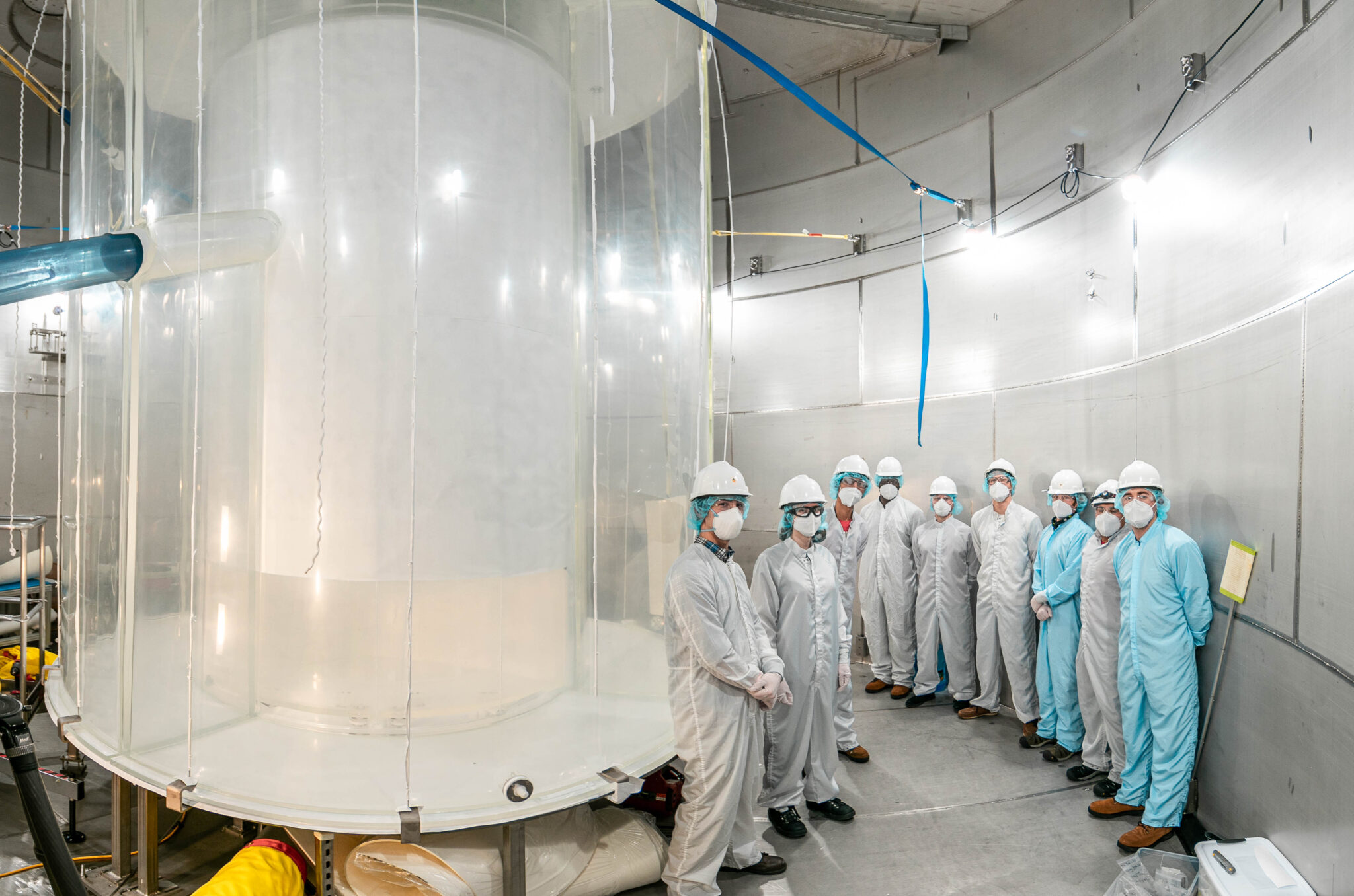
South Dakota Searchlight
Scientists at a deep underground lab in South Dakota say they’ve made an advancement in their quest to understand dark matter.
The invisible substance is estimated to make up 85% of the mass in the universe, but it’s never been directly detected. A leading dark matter candidate is weakly interacting massive particles, known as WIMPs.
Scientists conducting an experiment in the Sanford Underground Research Facility said Monday in a news release that they have results limiting what WIMPs could be.
“If you think of the search for dark matter like looking for buried treasure, we’ve dug almost five times deeper than anyone else has in the past,” said Scott Kravitz, the deputy physics coordinator for the experiment and a professor at the University of Texas at Austin.
The Department of Energy’s Lawrence Berkeley National Laboratory leads the experiment. The project is in a cavern nearly a mile underground at the former Homestake Gold Mine in Lead.
The centerpiece of the experiment is the world’s most sensitive dark matter detector, the LUX-ZEPLIN, which is a tank filled with 10 metric tons of liquid xenon. Scientists hope to detect light produced from a WIMP colliding with a xenon nucleus in the tank. Deep underground, the detector is shielded from cosmic rays coming from space.
Scientists participating in the experiment say they’ve found no evidence of WIMPs above a mass of 9 gigaelectronvolts/c2 (for comparison, the mass of a proton is slightly less than 1 GeV/c2.) The experiment’s sensitivity to faint interactions helps researchers reject potential WIMP dark matter models that don’t fit the data, leaving fewer places for WIMPs to hide.
“If WIMPs had been within the region we searched, we’d have been able to robustly say something about them,” said Chamkaur Ghag, spokesperson for the detector project and a professor at University College London.
The new results were presented at two physics conferences Monday: TeV Particle Astrophysics 2024 in Chicago, and LIDINE 2024 in São Paulo, Brazil. A scientific paper will be published in the coming weeks.
The detector is a collaboration of roughly 250 scientists from 38 institutions in the United States, United Kingdom, Portugal, Switzerland, South Korea and Australia.
Earlier this month, a separate project also located in the Sanford Underground Research Facility celebrated a milestone of its own. Excavation was completed in a cavern that will house massive argon detectors for the Deep Underground Neutrino Experiment. Studying neutrinos could help scientists learn why matter exists, how black holes form, and if neutrinos are connected to dark matter or other undiscovered particles.
